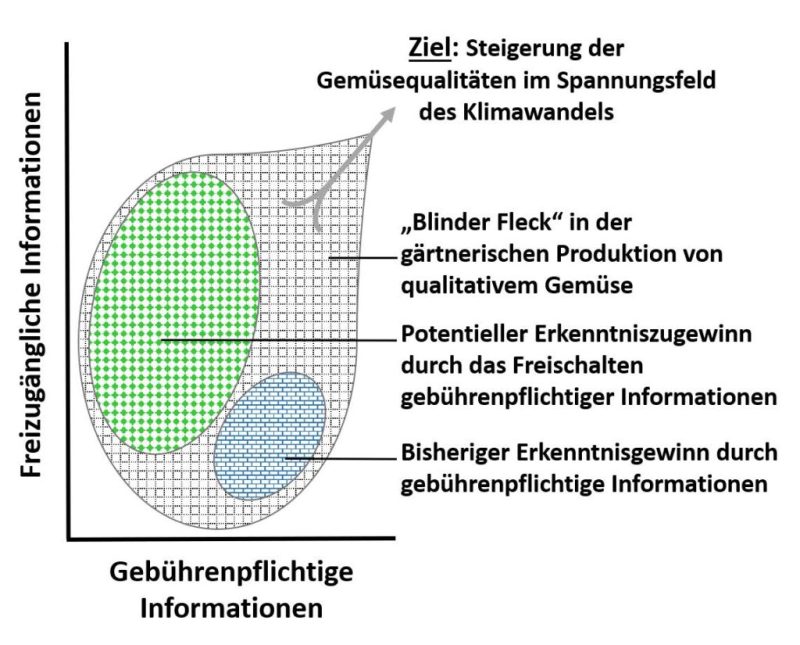Adapting to our climate sometimes requires adapting to sudden and large changes in its components, namely tipping points. The ability to detect nearing tipping points provides a means to take active measures to minimize societal impacts. Early-warning indicators of tipping points exist; however, they often suffer from a lack of reliability when applied to highly variable data such as climate or weather data. Our alternative early-warning indicator is more reliable than classical metrics in context of highly variable observed data. Our main application context is that of the temperature inversion between the ground and the atmosphere aloft. The temperature inversion undergoes tipping points which have very low predictability in weather forecasting. Yet, strong temperature inversions trap pollutants near the ground, leading to pollution hazards, and are associated to high risk of fog and frost formation. Associated damages could be reduced by appropriate planning with a warning system informed by our early-warning indicator.
Tipping points also challenge climate and weather models. Being able to detect nearing tipping can be used to improve climate models.






